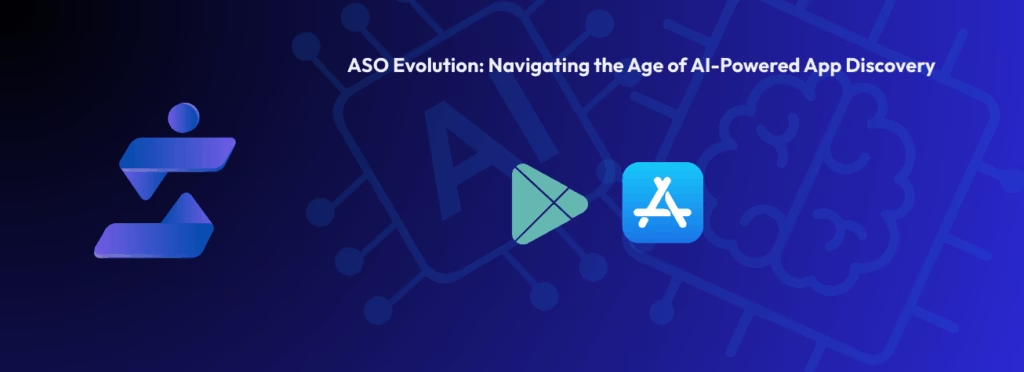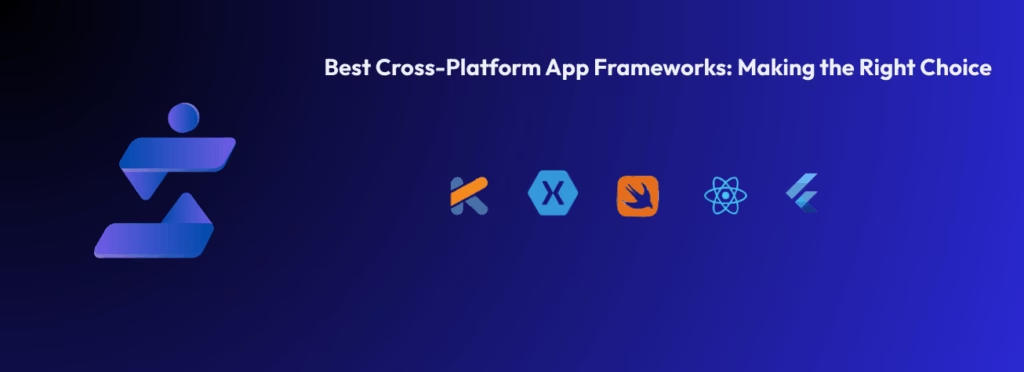The Next Generation of ASO: Preparing for Intelligent App Ecosystems
Date August 23th, 2025 Author – Sisyphus Time to Read – 5 min The Next Generation of ASO: Preparing for Intelligent App Ecosystems The landscape of app store optimization is undergoing a fundamental transformation. Gone are the days when ASO was simply about climbing keyword rankings or tweaking metadata for better visibility. Today’s ASO practitioners are witnessing the emergence of a more sophisticated ecosystem – one where artificial intelligence, behavioral analytics, and contextual understanding converge to create entirely new pathways to app discovery. This shift represents more than just technological advancement; it signals a complete reimagining of how users find and engage with mobile applications. Traditional search patterns are giving way to anticipatory discovery, where algorithms predict user needs before they’re even expressed. Machine learning models now analyze user behavior patterns, contextual signals, and personal preferences to surface relevant apps at precisely the right moment. The implications extend far beyond technical optimization. ASO is becoming a cornerstone of comprehensive growth strategies, influencing everything from product development decisions to user retention initiatives. Brands that recognize this evolution are already positioning themselves to capitalize on emerging opportunities in voice search integration, cross-platform discovery experiences, and dynamic content optimization. For app publishers and marketers navigating this new terrain, understanding these transformative forces isn’t optional – it’s essential for survival. The following exploration reveals how intelligent discovery mechanisms are reshaping the competitive landscape and what forward-thinking teams must do to maintain their edge in an increasingly complex and automated app economy. Essential Insights: The evolution from tactical to strategic ASO represents a paradigm shift where optimization becomes integral to business growth rather than a siloed marketing activity focused on manipulating search results. Machine learning algorithms are transforming metadata from static assets into dynamic, responsive elements that continuously evolve based on real-time user interaction patterns and behavioral insights. Personalization at scale means abandoning one-size-fits-all approaches in favor of adaptive listing strategies that recognize individual user contexts, preferences, and discovery journeys. Dynamic storefront experiences will extend far beyond current customization capabilities, creating fluid, contextually-aware presentation layers that respond to user intent in real-time. Discovery paradigms are expanding beyond traditional search interfaces to encompass conversational queries, contextual suggestions, and proactive app recommendations triggered by user behavior patterns. Intent-based visibility requires apps to communicate their value propositions through structured signals that enable platforms to match functionality with user needs at optimal moments. Competitive advantage increasingly belongs to teams that prioritize experimentation velocity, embrace personalization complexity, and integrate AI-driven insights into their optimization workflows over traditional ranking-focused methodologies. Let’s Connect The Next Frontier of App Discovery The traditional boundaries of App Store Optimization are dissolving. As digital ecosystems become more sophisticated and user behaviors continue to fragment across platforms, ASO’s evolution will be characterized by hyper-targeted experiences, anticipatory discovery mechanisms, and seamless integration with next-generation interface paradigms. We’re witnessing the emergence of a discovery landscape where user intent is decoded through behavioral signals, app visibility responds dynamically to individual contexts, and store presentations function as living, breathing extensions of brand strategy rather than fixed promotional displays. This examination delves into the transformative currents reshaping ASO’s trajectory. From machine learning-driven content optimization and individualized discovery pathways to conversational search interfaces and intent-based app surfacing, we’ll dissect the strategic imperatives facing today’s growth teams and identify the untapped potential within tomorrow’s optimization ecosystem. Machine Learning-Enhanced Content Optimization: Transforming Fixed Assets into Adaptive Marketing Intelligence The integration of artificial intelligence into app store ecosystems is fundamentally restructuring how content assets function, shifting from periodic manual revisions toward continuous, data-responsive optimization that evolves alongside user engagement patterns, market dynamics, and competitive landscapes. Rather than depending exclusively on subjective interpretation and periodic analysis cycles, machine learning capabilities are transforming metadata into systems that can: Evolve in real-time through continuous performance feedback loops and engagement analytics Adapt seamlessly across geographic markets with sophisticated linguistic and cultural intelligence Personalize presentation strategies based on distinct user behavioral profiles and acquisition pathways What This Means For Marketers Content optimization has transcended traditional copywriting methodologies. Machine learning capabilities enable growth teams to experiment, analyze, and refine strategies at unprecedented velocity. As major platforms prioritize contextual accuracy and user behavior synchronization in their ranking algorithms, organizations must fundamentally restructure their approach to content strategy and performance measurement. Strategic Implication Tomorrow’s ASO landscape will witness the transition from periodic content updates to persistent optimization cycles. Achievement will hinge not merely on creative execution, but on practitioners’ ability to synergize with intelligent systems to conceptualize, evaluate, and implement performance-driven content across multiple touchpoints simultaneously. Machine learning will augment rather than supplant optimization expertise, while simultaneously elevating standards for contextual precision, execution velocity, and systematic testing methodologies. Individualized Discovery Algorithms: Moving Beyond Universal Results to Tailored User Experiences Contemporary search functionality has abandoned standardized result delivery in favor of highly customized discovery pathways. Digital platforms now leverage device-level analytics and user interaction histories to curate personalized app recommendations, creating scenarios where identical search queries generate distinctly different outcomes based on individual user profiles and behavioral signatures. This transformation unlocks significant strategic opportunities for growth teams. Individualized discovery mechanisms enable apps to achieve visibility through highly specific, context-driven positioning strategies—provided that content assets, visual elements, and user feedback authentically resonate with distinct audience segments and their particular use cases. Underlying Mechanisms: The advancement toward individualized discovery stems from increasingly complex data integration frameworks. Digital marketplaces now synthesize user interaction histories, installation patterns, device-specific configurations, and temporal usage cycles when curating personalized result sets. Beyond traditional keyword correlation, ranking systems now incorporate multidimensional datasets including application engagement metrics, cross-platform interaction patterns, and geographic context markers to deliver optimally relevant content experiences for each individual user. Strategic Implementation Framework: Develop comprehensive value architecture with differentiated messaging strategies aligned to specific user cohorts and behavioral profiles Prioritize creative diversification – evaluate how varied visual narratives and engagement prompts perform across distinct audience segments Monitor keyword performance fluctuations that may indicate algorithmic personalization deployment and emerging discovery patterns Expand localization beyond linguistic translation to encompass cultural behaviors,



